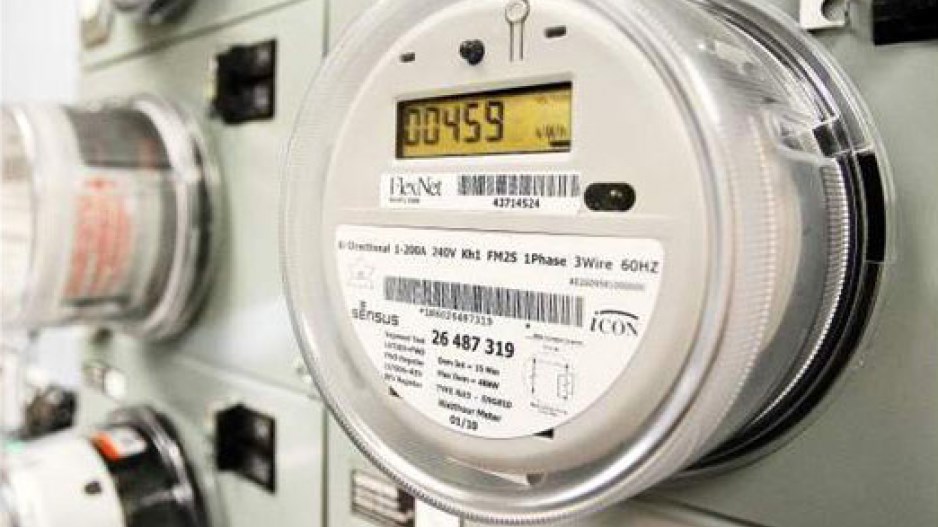BC Hydro plans to raise its rates another 4% this year – bringing total rate increases to 19% in just three years – but it will have to rethink its long-term load forecast, in light of falling demand from industry and growing uncertainty over a liquefied natural gas industry that was expected to increase the province’s demand for power.
BC Hydro has seen its revenues falling from the loss of large industrial customers. The closure of Howe Sound Pulp and Paper and several mines have resulted in lower power sales.
And in an attempt to prevent more mine closures, the B.C. government recently announced a new program that will allow mines to postpone paying their power bills for up to two years. If the program were to be fully subscribed, it would mean up to $300 million in power sales that would be deferred up to two years.
That, plus the deferral of large LNG projects, is forcing BC Hydro to recalculate its long-term load forecasts and the revenue it can expect to bring in.
Because of that uncertainty, and potential impact on revenue and the rates the utility charges, BC Hydro will not apply to the BC Utilities Commission for approval of a three-year rate increase, as it had planned.
Instead, it plans to apply for one year only – the 4% increase for fiscal 2017 that was part of a 28% rate increase plan that had been approved by the B.C. government. If rubber-stamped by the BCUC, the 4% increase would come into effect in April.
“We’re going to ask for an interim rate increase for just this one year while we rework our forecast,” BC Hydro CEO Jessica McDonald said in a press conference February 26.
The biggest increases have already been passed – 9% in 2014 and 6% in 2015. A 4% increase will add roughly $4 to the average residential customer’s power bill, McDonald said.
In a submission to the BCUC, BC Hydro says it will have to adjust its integrated resource plan to account from falling demand for power from industry.
Despite admitting that the demand for power in B.C. is falling, BC Hydro has no plans to slow down or shelve its $9 billion Site C dam project.




